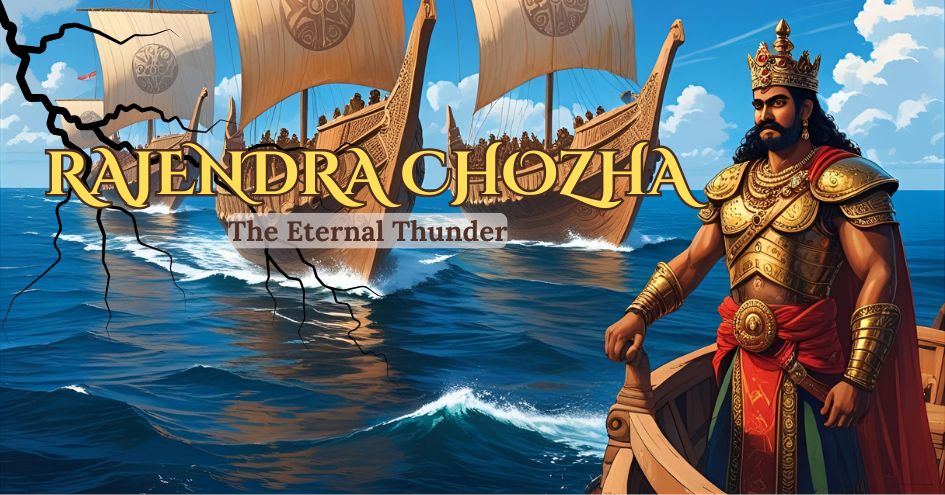
It is 1025 C.E. When the Srivijaya Thalassocracy, a high-powered maritime empire, wakes to the first rays of the Sun from the east, it is shocked by the hundreds of warships belonging to the scion of the Sun, visible on the western horizon.
These ships sail under the Tiger banner of the mighty Rajendra Chozha, first of his name and soon to be the undisputed lord of the seas. When hundreds of Chozha sailors and soldiers, along with elephants and horses, make landfall, the Srivijayans are dumbfounded by the scale and absolute secrecy with which the Chozhas execute the attack. His forces come with the first winds of the monsoon, and his attack is unforeseen.
While the armies of Srivijaya outnumber the Chozha forces that have landed in Srivijaya, the Chozha soldiers successfully breach the walls of Palembang—the Srivijayan capital—and capture the king. With the fall of the capital, Emperor Rajendra’s navy ends up taking the territories of Kedah, Pegu (in Myanmar), Tambralinga, and Ligor (in Southern Thailand).
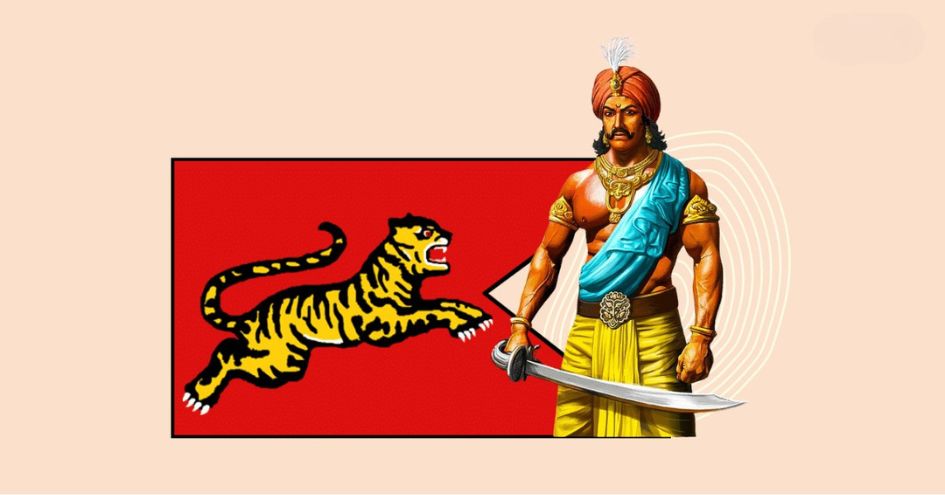
This attack was a stroke of tactical genius in naval warfare, which will be explained in a little while. But first, we shall explore the background of this brilliant move.
In the 8th century C.E., the Srivijaya Thalassocracy gained an effective foothold on the Malacca Strait. This strait was used by major players from Bharat, Persia, and Arabia to trade with China. Trade increased drastically with the rise of stable empires like the Palas in East Bharat, the Chozhas in South Bharat, and the Song in China. The Chozha Empire was especially interested in establishing maritime relations with other players in Southeast Asia and supported seafaring merchant guilds to increase trade and commerce across the seas.
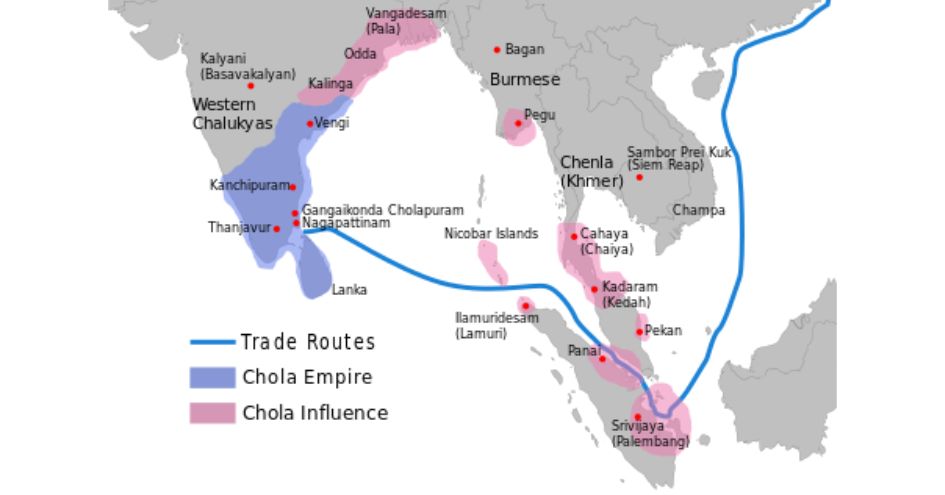
In the 11th century C.E., the Srivijayan navy was positioned in the Malacca Strait, maintaining a prolonged chokehold over the lucrative trade route to and from China. Pirates supported by the Srivijayan Crown and navy would harass traders, demanding tribute for safe passage.
Leveraging its favorable position, Srivijaya opened trade negotiations with Rajendra Chozha and attempted to keep him in good humor with expensive gifts and donations to Saiva and Buddhist shrines. On the other hand, it told the Chinese that the Chozhas were its vassals to increase its prestige and secure favorable trading privileges with the Song Chinese. Emperor Rajendra, despite being wooed by Srivijayan emissaries, was not pleased with Srivijaya’s hold over the Malacca Strait and complaints from Tamizh merchants.
The Chozhas had sent embassies to China to maintain good relations with the Song dynasty. When one such embassy returned with news of the lie uttered by Srivijaya, Emperor Rajendra realized that the deception would harm Chozha trading interests and the livelihoods of merchant guilds like the Ainnurruvar (Five Hundred).
A fresh reason arose when the King of the Khmer Kingdom approached Rajendra for an alliance against Srivijaya, citing interference with its ports needing access to the strait. Srivijaya monopolized trade through diplomacy and naval harassment, prompting Rajendra to act. Alongside his large navy, merchant guilds contributed trade fleets to assist the Emperor. Rajendra’s maritime clout had already been proven—he had previously conquered Anuradhapura in Sri Lanka and subjugated the Maldives and Lakshadweep. In 1023 C.E., he also captured the Andaman and Nicobar Islands and parts of Myanmar.
But with Srivijaya controlling the Malacca Strait, how would the Chozhas defeat them? Rajendra and his naval commanders chose the lesser-known and more tumultuous Sunda Strait—between modern Java and Sumatra. After taking Palembang, Chozha forces sailed north to strike the Srivijayan navy from the rear, obliterate it, and capture Kedah and other cities—breaking the chokehold.
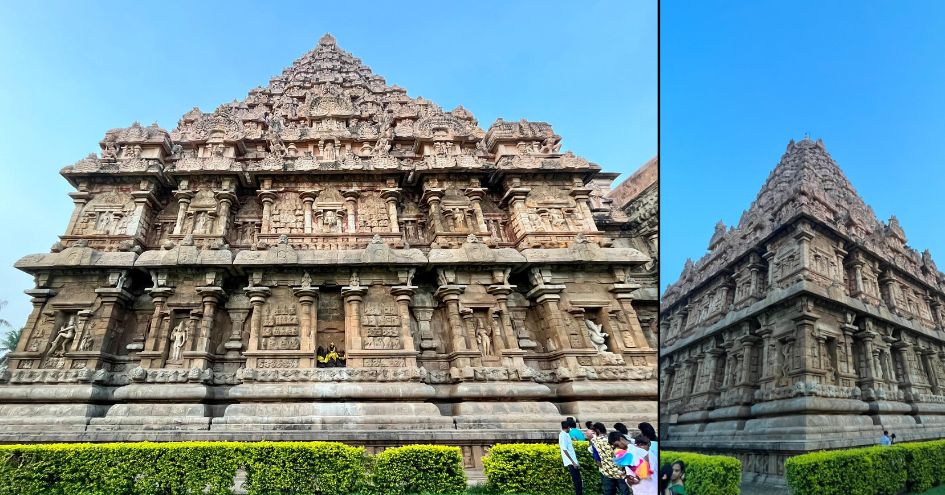
What followed was the unprecedented rise of Rajendra Chozhan’s influence, alongside the expansion of Tamizh merchant guilds in Southeast Asia. Rajendra became fabulously wealthy and used his riches to build temples, repair old ones, and sponsor spiritual activities. Tamizh guilds built temples in places like Guangzhou and fortified outposts, tanks, and shrines throughout Southeast Asia—leaving their footprints behind for posterity.
Rajendra’s inscriptions celebrate his conquest of Southeast Asian ports, enabling a thriving maritime empire. His goals were strategic and trade-driven, not fueled by illusions of remote domination. He strengthened diplomacy with neighbors like the Khmer and the Song dynasty through merchant emissaries and trade control. Chozha princes administered parts of Srivijaya—one being Kulothunga Chozhan I, who oversaw Kedah.
Rajendra had also consolidated Chozha suzerainty across Bharat. His campaigns against the Western Chalukyas secured power in the Deccan. He turned attention to Anuradhapura in Sri Lanka, completing the conquest left unfinished by predecessors.
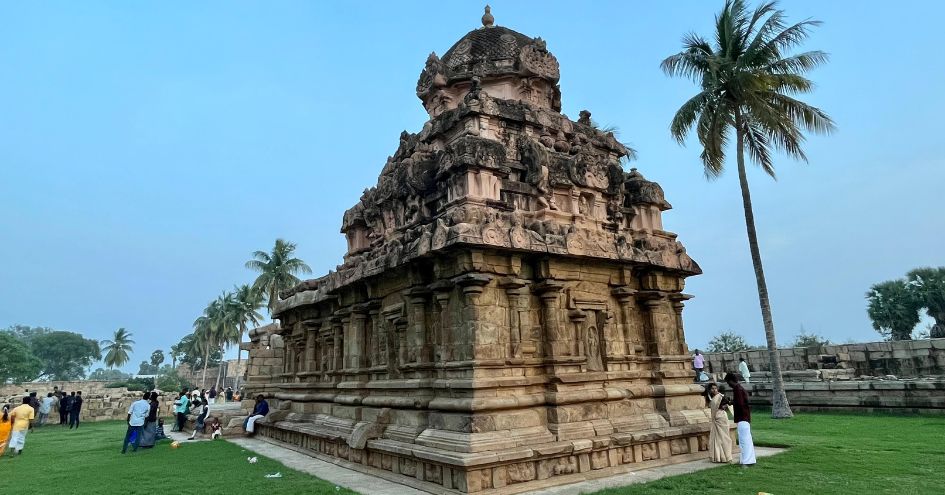
In 1021–1023 C.E., Rajendra uprooted the Somavamsi dynasty in Kalinga and the Palas in Bengal—reaching the Ganga’s banks. His naval fleet advanced up the eastern coast, attacking the Palas from another front. Chozhas brought sacred Ganga water to fill temple tanks in the new city Rajendra built—Gangaikonda Chozhapuram—and earned the title Gangaikondan, his finest accolade.
The city became the new capital, where his successors would be crowned for 250 years. At its heart stood a grand temple dedicated to Lord Siva, modeled on the Brihadeeshwara Temple built by his father, Rajaraja Chozhan. Rajendra had transformed an empire into a medieval hyperpower—but with immense humility, he never sought to eclipse his father. The Gangaikonda Choleeshwaram temple, though magnificent, was deliberately smaller than its Thanjavur predecessor as a gesture of reverence.
Kings in Bharat etched their names in stone to preserve their legacies. But Rajendra Chozhan inscribed his name upon the ever-changing waves of the unbounded Indian Ocean—ushering Bharat into a golden age of maritime greatness.
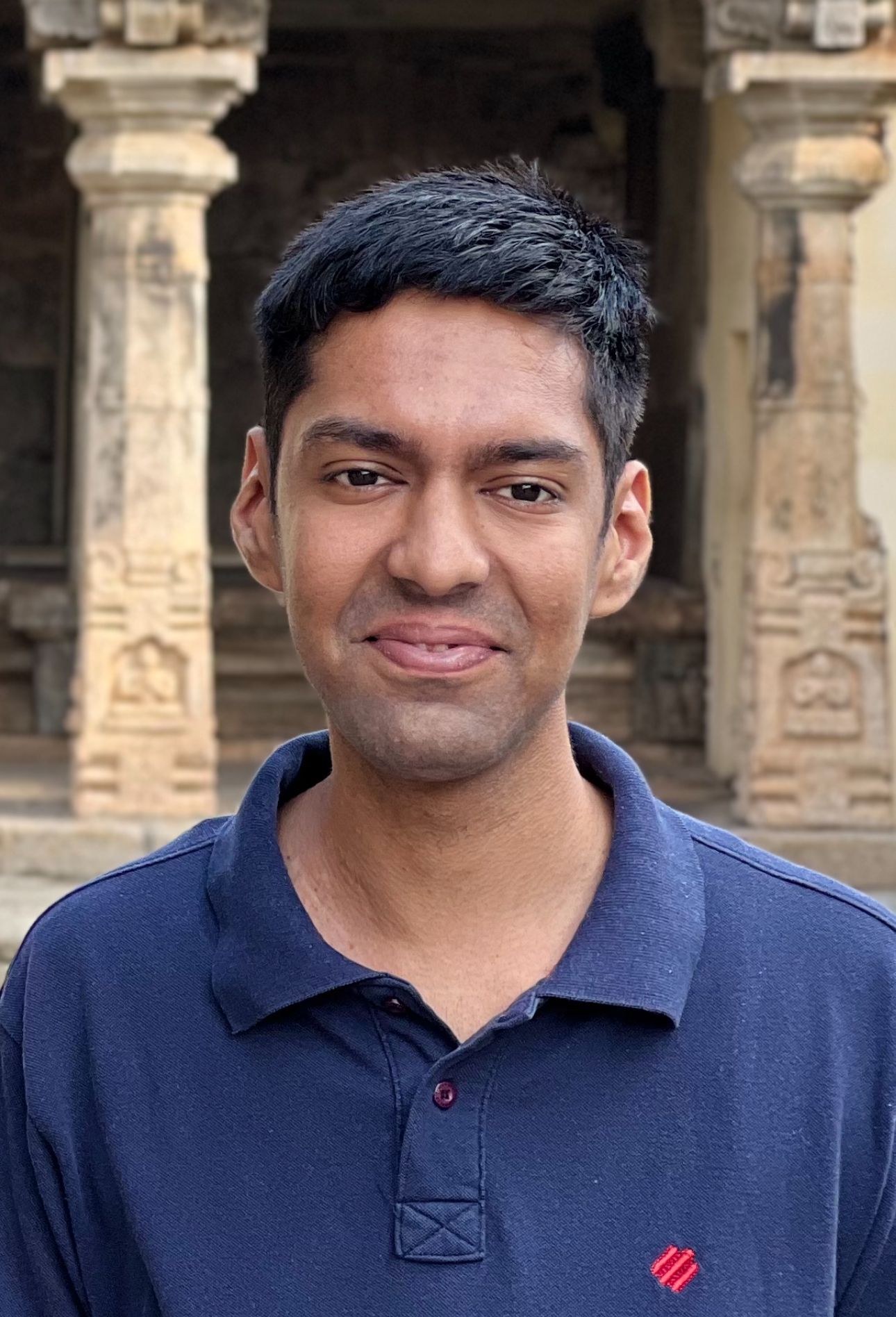 Vignesh Ganesh is a lawyer and writer. He is interested in ancient history and Itihasa and this interest culminated in his first book, "The Pallavas of Kanchipuram: Volume 1", which he co-authored with Mr. K. Ram, a fellow enthusiast of Indian history and culture.
Vignesh Ganesh is a lawyer and writer. He is interested in ancient history and Itihasa and this interest culminated in his first book, "The Pallavas of Kanchipuram: Volume 1", which he co-authored with Mr. K. Ram, a fellow enthusiast of Indian history and culture.
NEXT ARTICLE
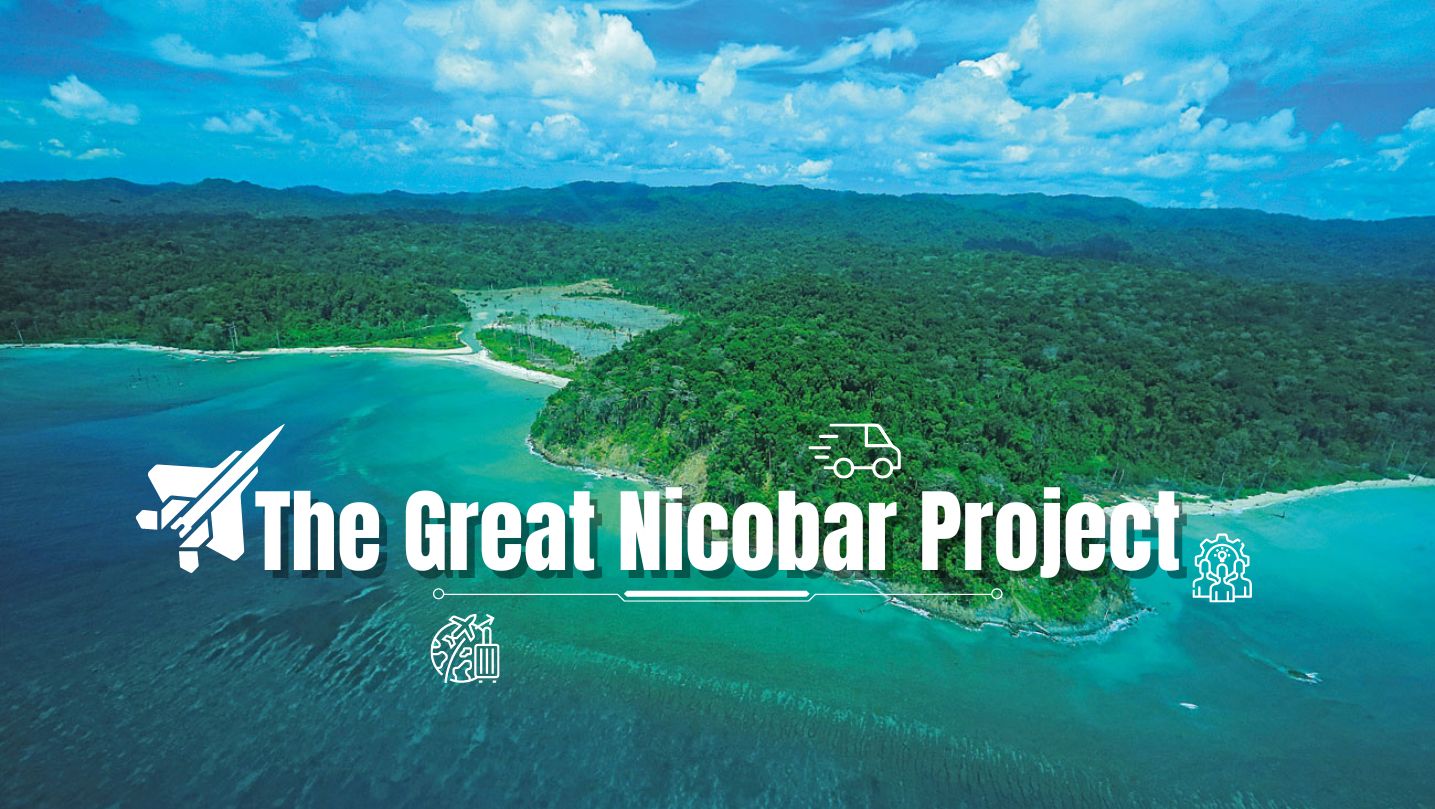
At the southernmost tip of this mesmerising ensemble lies the majestic Great Nicobar Island, boasting an impressive landmass of about 910 square kilom...
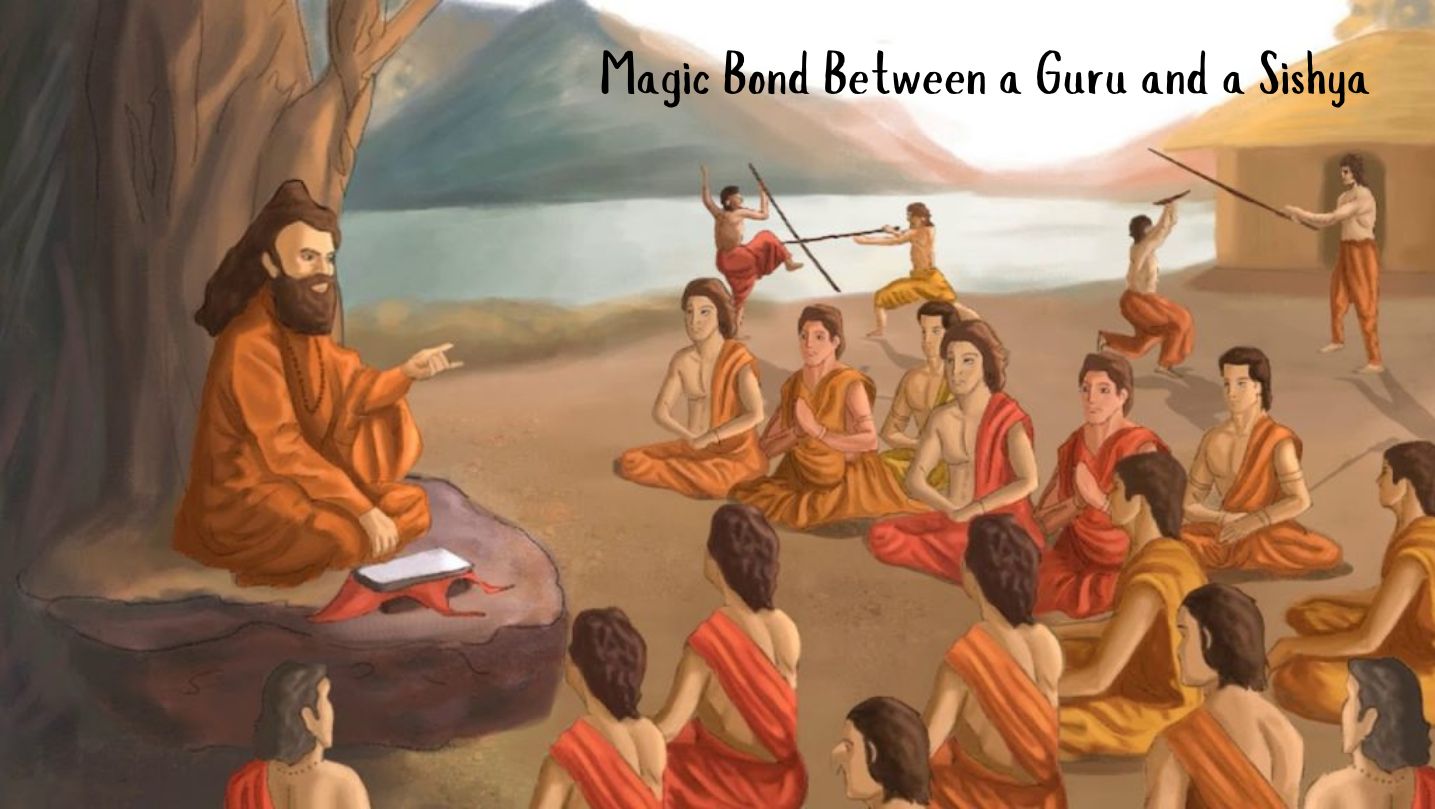
Bharath has always been a land traversed by spiritual masters/ Guru since time immemorial. These spiritual masters have always upheld the core princip...

South India contains its fair share of unique pilgrimage centres. These divine places of worship have a prominent Sthala Purana, devoted followers, di...